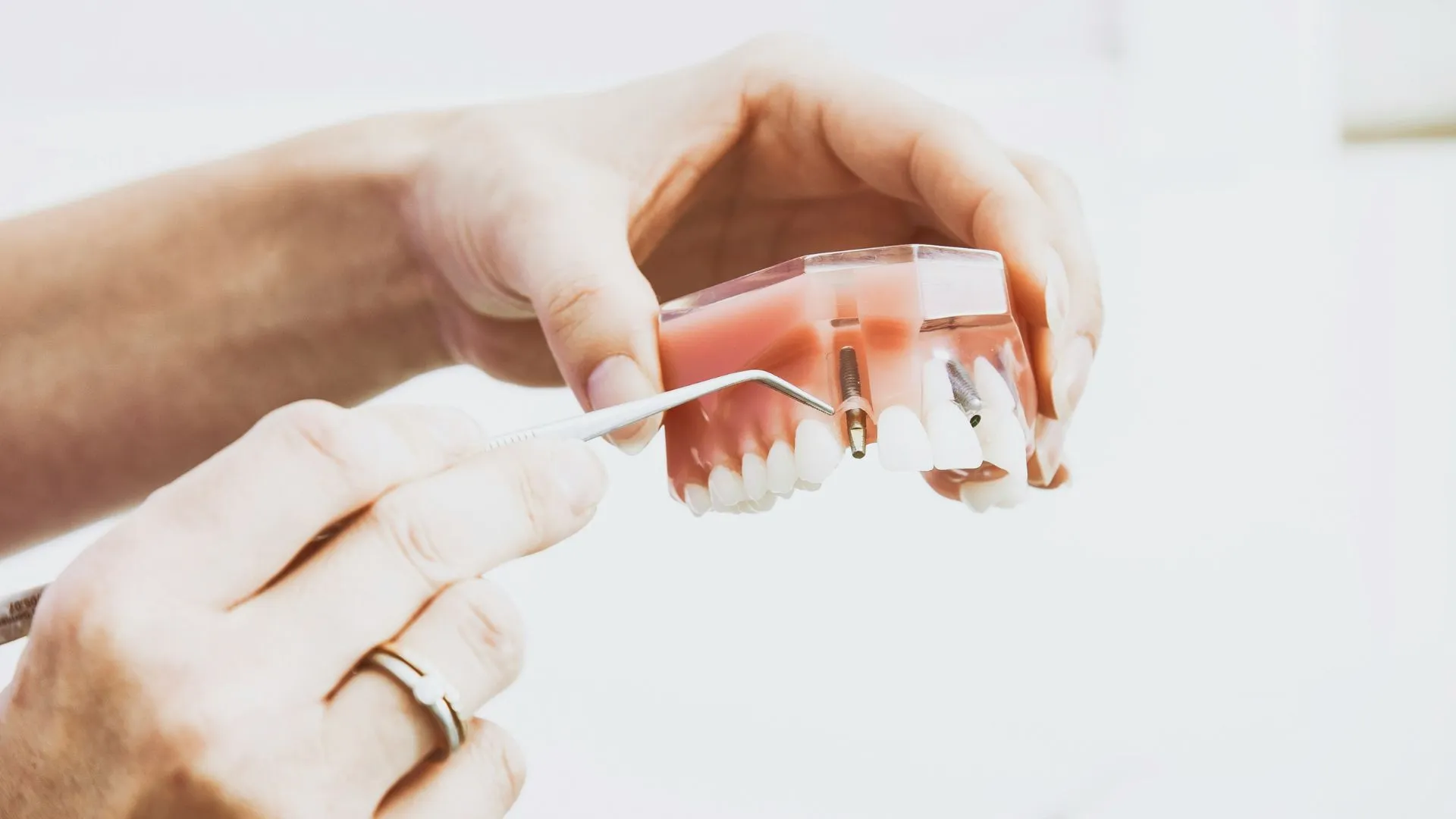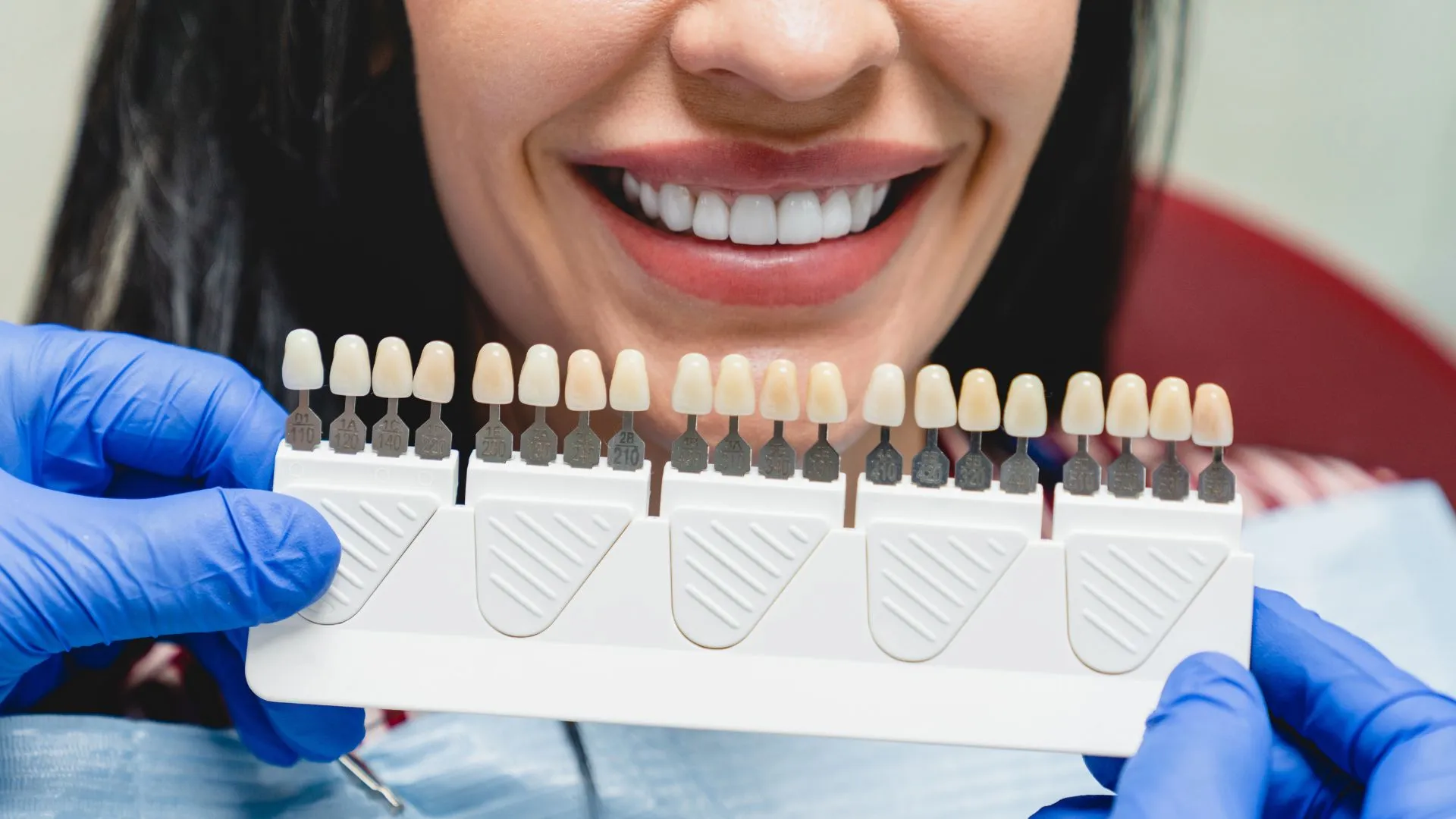If you’re investing in dental implants, you might have been informed that you need a bone graft beforehand. Here’s what that means, and why it’s necessary.
When you lose a tooth, the jawbone surrounding the hole can begin to disintegrate over time. If you want to implant a replacement tooth, a bone graft may be required to provide stability for the titanium root of the implant. While this process requires an additional procedure, it’s an important step to help make sure your dental implant integrates properly.
At Image Dental in Stockton, California, our providers offer dental implants as the best option for replacing missing teeth. If necessary, we refer you for bone grafts ahead of your procedure. In this blog, we explain more about what bone grafts are and what they’re for.
Jawbone atrophy
If you’ve been told you need a bone graft, the most likely reason is jawbone atrophy. Jawbone atrophy typically results from periodontal disease or tooth loss. If you’re missing teeth, it’s likely you’ve experienced jawbone atrophy without even knowing it.
When you chew your food, the roots of your teeth stimulate your jawbone to keep creating new bone tissue in the area. If a tooth is extracted or pulled out, the root is removed. When a root is removed, this signals the body to stop generating new jawbone tissue in the affected location. This is known as bone atrophy. Without any stimulation, the body will begin to reabsorb the unused portion of the jawbone over time.
The longer you have an empty tooth socket, the more atrophy occurs. And because of the reduced bone density, this can make it difficult to implant a new root in that spot. With a bone graft procedure, however, you can build up new bone tissue in the area to support an implant.
How a bone graft can help
If your dentist has informed you that you need a bone graft, don’t get overwhelmed. It simply means that your jawbone requires some additional bone to help support the implant. To get a bone graft, an oral surgeon can use bone tissue from your body, a donor graft, or even from synthetic materials.
During bone graft surgery, the socket is reinforced with the bone grafting material and then left to heal. Once the area heals, your provider can place the implant. A dental implant consists of a titanium post, an abutment, and a crown.
The post is inserted into your jawbone, and it acts like a tooth root. The abutment is anchored to the top of the post. And finally, the crown is attached to the abutment. And all of this is made possible by first making sure there is enough bone tissue to support the implant.
At Image Dental, we use X-rays to evaluate your jawbone and determine whether a bone graft is necessary before recommending a dental implant. If you need a graft, we explain the process in more detail and help you decide if an implant is right for you.
To learn more about bone grafts or getting a dental implant, call 209-392-5688 or book an appointment online with Image Dental today.



